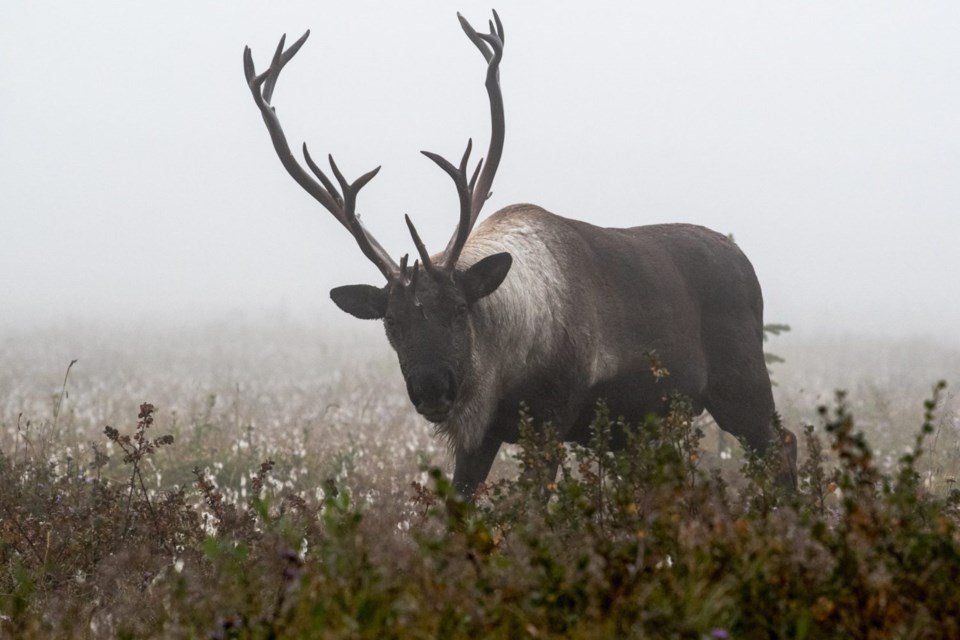Scott Hayes | [email protected]
Local Journalism Initiative Reporter
The green light has been given for Parks Canada to construct a facility to help rejuvenate the herd of mountain caribou in the Tonquin Valley.
“This is a really, really exciting opportunity I think for Jasper to lead the way in hopefully reversing some of the latest trends we've been seeing in the biodiversity crisis that you see in the news,” said Dave Argument, Jasper National Park's resource conservation manager.
These iconic animals have existed on this landscape for at least 1,300 years but modern times have brought with them modern difficulties. The forces of attrition have been exacerbated by predatory wolves and the overarching elements of climate change.
Jasper National Park’s caribou herds have seen dramatic declines recently, with the Maligne herd deemed to be extirpated only five years ago.
That has left the Brazeau herd with fewer than 10 members, including as few as only one breeding female among them. The last official count of the Tonquin population from 2020 showed between 49 to 55 caribou. A count in 2022, however, revealed at least 44 members, including nine to 11 breeding females.
Parks Canada now has a plan to reverse this loss of biodiversity as it pertains to the mountain caribou. Such a serious matter has been given its due in terms of public consultation as well as years of analysis, careful research and conferring with national and international experts, Argument said.
The habitat is good and caribou calves generally have a strong chance of survival here.
The problem is that there simply aren’t enough breeding females in each herd in order to either grow the herd or at least reach sustainable numbers.
“We've addressed most of the threats to caribou in Jasper, but the number of animals surviving in the wild right now is just biologically too low for them to rebuild without assistance,” Argument said.
Monday’s announcement means the first steps have begun toward implementing this first-of-its-kind . It brings with it the construction of a breeding facility, continuing discussions with federal and provincial partners on the best approach to source additional caribou from other populations, and developing more detailed operational plans to ensure the health and well-being of animals involved in the program.
It also means establishing collaboration agreements with Indigenous partners.
“Each aspect of the program strives to work collaboratively with Indigenous peoples. Indigenous partners have been and will continue to be involved in this conservation effort,” the read.
The next step involves finding the contractor to actually build the facility where caribou will breed and rear their calves until they are one and a half years old. The breeding females will remain in the facility.
Argument said that this is a large part of what distinguishes this plan from other caribou recovery programs where the breeding females are released back into the wild with their new calves.
The goals are to both release the first young into an existing wild herd by 2025 and help the Tonquin herd achieve 200 members again.
“This is really a significant step forward for Jasper, for Parks Canada and for Canada as a whole to hopefully see a future that includes wild southern mountain caribou. We're really excited to be at this point in the program,” Argument said.




